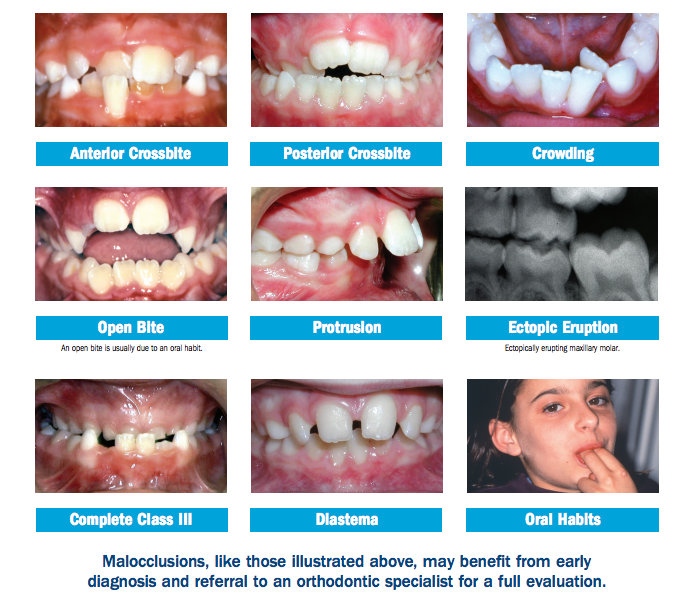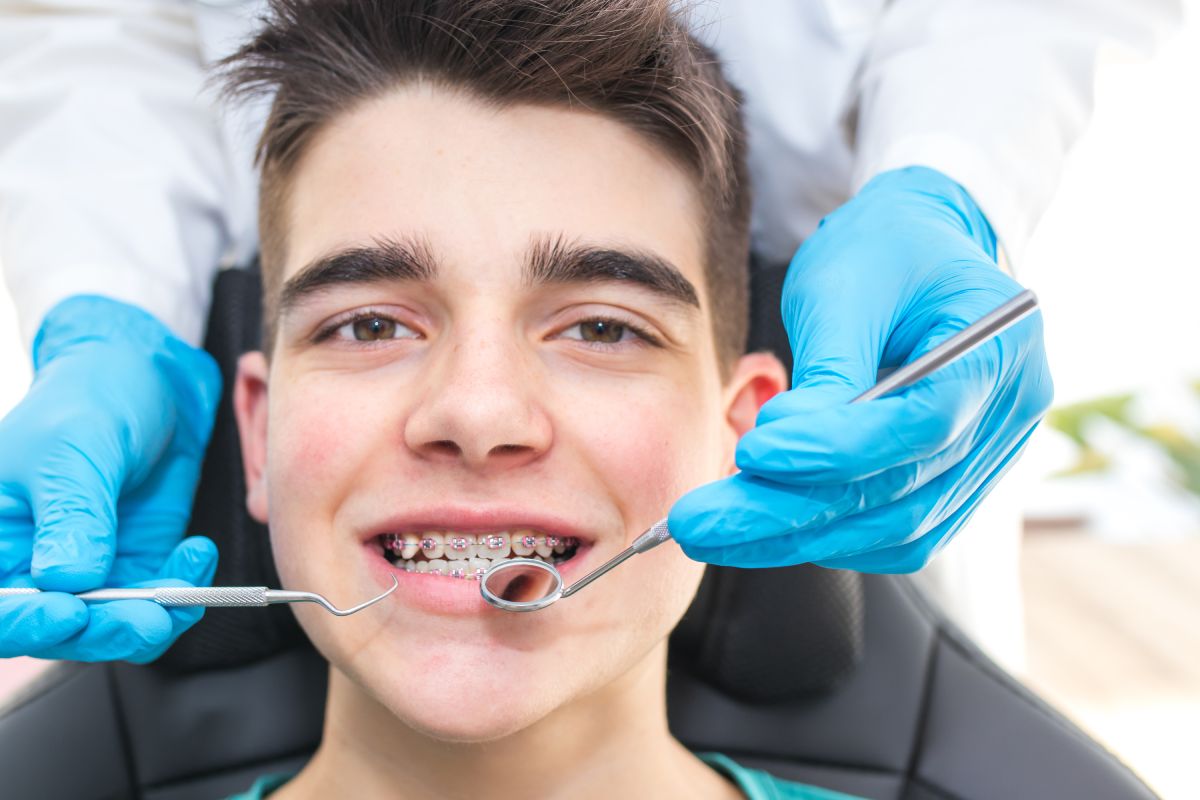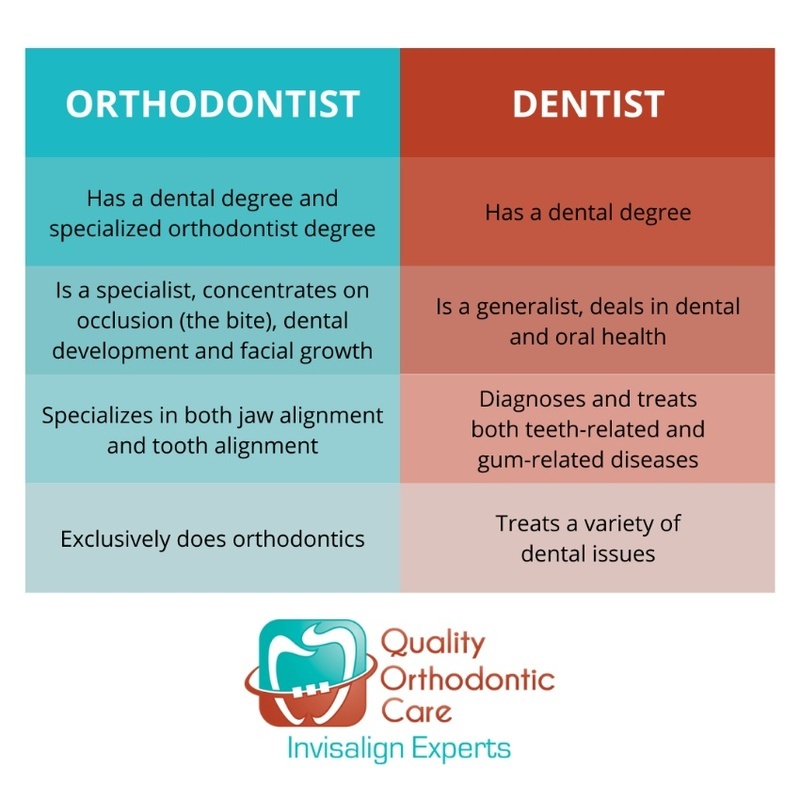Causey Orthodontics - The Facts
Causey Orthodontics - The Facts
Blog Article
Our Causey Orthodontics Ideas
Table of Contents4 Easy Facts About Causey Orthodontics ExplainedGetting My Causey Orthodontics To WorkWhat Does Causey Orthodontics Mean?About Causey OrthodonticsNot known Details About Causey Orthodontics
Overlooking occlusal partnerships, it was common to remove teeth for a variety of oral issues, such as malalignment or overcrowding. The concept of an intact teeth was not widely valued in those days, making bite connections seem irrelevant. In the late 1800s, the principle of occlusion was vital for creating trustworthy prosthetic replacement teeth.As these concepts of prosthetic occlusion advanced, it became an important device for dental care. It remained in 1890 that the work and influence of Dr. Edwards H. Angle began to be really felt, with his payment to modern-day orthodontics especially noteworthy. Focused on prosthodontics, he taught in Pennsylvania and Minnesota before routing his focus towards oral occlusion and the therapies needed to preserve it as a typical problem, thus ending up being known as the "dad of contemporary orthodontics".

The principle of perfect occlusion, as postulated by Angle and incorporated into a classification system, made it possible for a change towards treating malocclusion, which is any kind of inconsistency from typical occlusion. Having a full collection of teeth on both arches was highly searched for in orthodontic therapy because of the requirement for precise relationships in between them.
A Biased View of Causey Orthodontics
As occlusion became the crucial priority, facial percentages and aesthetics were ignored - orthodontist near me. To accomplish ideal occlusals without utilizing exterior forces, Angle postulated that having ideal occlusion was the most effective method to obtain maximum facial aesthetic appeals. With the passing of time, it ended up being rather noticeable that even a remarkable occlusion was not ideal when taken into consideration from an aesthetic perspective
Charles Tweed in America and Raymond Begg in Australia (who both studied under Angle) re-introduced dentistry extraction into orthodontics during the 1940s and 1950s so they could improve facial esthetics while additionally making sure better security worrying occlusal partnerships. In the postwar duration, cephalometric radiography begun to be made use of by orthodontists for gauging adjustments in tooth and jaw setting triggered by development and treatment. It became evident that orthodontic treatment can change mandibular advancement, causing the formation of practical jaw orthopedics in Europe and extraoral pressure actions in the United States. These days, both practical appliances and extraoral devices are applied around the world with the goal of amending development patterns and kinds. As a result, pursuing real, or a minimum of enhanced, jaw relationships had actually come to be the major objective of therapy by the mid-20th century.
Indicators on Causey Orthodontics You Need To Know
 The American Journal of Orthodontics was produced for this objective in 1915; before it, there were no scientific goals to adhere to, nor any type of accurate category system and braces that lacked attributes. Until the mid-1970s, braces were made by covering metal around each tooth. With improvements in adhesives, it came to be possible to rather bond metal braces to the teeth.
The American Journal of Orthodontics was produced for this objective in 1915; before it, there were no scientific goals to adhere to, nor any type of accurate category system and braces that lacked attributes. Until the mid-1970s, braces were made by covering metal around each tooth. With improvements in adhesives, it came to be possible to rather bond metal braces to the teeth.This has actually had significant results on orthodontic treatments that are administered routinely, and these are: 1. Appropriate interarchal relationships 2. Appropriate crown angulation (suggestion) 3.
The advantage of the design lies in its bracket and archwire mix, which calls for just marginal cable bending from the orthodontist or clinician (Causey Orthodontics). It's appropriately named after this function: the angle of the port and density of the bracket base ultimately establish where each tooth is positioned with little demand for additional manipulation
A Biased View of Causey Orthodontics
Both of these systems employed the same brackets for each tooth and required the bending of an archwire in three aircrafts for locating teeth in their desired settings, with these bends dictating utmost placements. When it pertains to orthodontic appliances, they are split into two kinds: removable and taken care of. Detachable home appliances can be handled and off by the patient as required.

Thus, virtually all modern set devices can be taken into consideration variations on this edgewise appliance system. Early 20th-century orthodontist Edward Angle made a significant contribution to the globe of dental care. He produced four unique appliance systems that have actually been used as the basis for several orthodontic treatments today, preventing a couple of exceptions.
How Causey Orthodontics can Save You Time, Stress, and Money.

The cord ended in a thread, and to relocate onward, a flexible nut was used, which permitted a rise in circumference. By ligation, each individual tooth was connected to this extensive archwire (best orthodontist). Due to its minimal variety of activity, Angle was not able to achieve exact tooth placing with an E-arch
These tubes held a soldered pin, which can be repositioned at each consultation in order to move them in area. Called the "bone-growing device", this device was theorized to urge healthier bone development due to its possibility for transferring pressure directly to the origins. However, applying it showed troublesome in truth.
Report this page